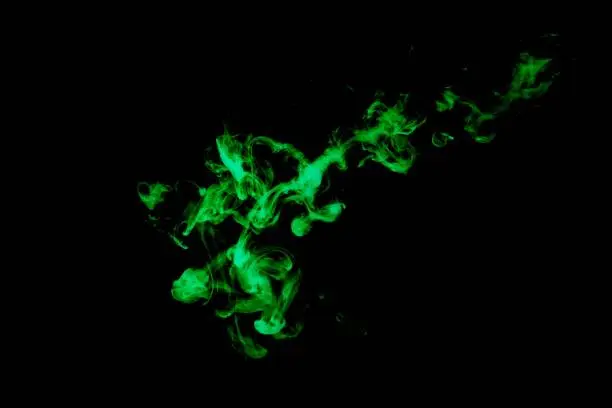Green fluorescent paint is a dazzling and Green Fluorescent Paint vibrant paint type that has found its way into everything from modern art to safety equipment. Known for its glowing appearance under UV light, this paint has a unique property: it absorbs invisible ultraviolet rays and emits a visible glow, making it appear bright in the dark. It’s often used to create eye-catching visual effects that are impossible with ordinary paint.
Whether you’re an artist, a DIY enthusiast, or a professional in an industrial setting, green fluorescent paint offers a range of creative and practical applications. With its striking luminous effect, it has become a favorite medium for projects requiring visibility or an extra pop of color. The appeal of green fluorescent paint lies in its ability to stand out, transforming ordinary objects or spaces into something extraordinary.
Fluorescent paints work on the principle of fluorescence, which is the emission of light by a substance that has absorbed light or other electromagnetic radiation. The energy from UV light causes the paint’s particles to become excited, and when they relax, they release energy in the form of visible light. This is what creates the glowing effect.
Specifically, green fluorescent paint contains phosphorescent compounds that are highly reactive to UV rays. Under normal light, the paint may appear vibrant, but under a blacklight or in the dark, it takes on a mesmerizing glow. This unique property makes it ideal for a variety of creative applications, from high-visibility markings to eye-popping art installations.
History and Development of Fluorescent Paint
Fluorescent paints were first developed in the early 20th century, but their commercial use exploded during World War II, when they were used to enhance visibility in aircraft and ships. Over time, these glowing paints became popular in the art world, particularly during the 1960s and 1970s, when artists were drawn to the vibrant, otherworldly aesthetic that fluorescent colors provided.
Today, fluorescent paints are used not only in art but in a wide range of industries, from entertainment to manufacturing. The development of non-toxic and more environmentally friendly fluorescent paints has expanded their use even further, making them a versatile tool in modern design and safety.
Types of Green Fluorescent Paint
There are several types of green fluorescent paint available, each suited for different applications:
- Water-based fluorescent paint: Ideal for indoor projects, this paint is easy to clean and environmentally friendly.
- Acrylic fluorescent paint: Known for its quick-drying properties, acrylic fluorescent paint is popular among artists for both indoor and outdoor use.
- Oil-based fluorescent paint: This paint is durable and suitable for surfaces exposed to the elements, such as outdoor signs or vehicles.
Each type of fluorescent paint has its benefits and drawbacks depending on the project you’re working on, but all offer the same glowing, luminescent effect under UV light.
Where to Use Green Fluorescent Paint
Green fluorescent paint is incredibly versatile. Here are just a few of the places it shines—literally:
- Art Installations: Many artists use fluorescent paint to create dynamic, interactive art that responds to blacklight or low-light conditions.
- Festivals and Parties: Green fluorescent paint can transform a venue with neon splashes of color, especially in environments with blacklights.
- Home Decor: Interior designers sometimes use fluorescent paint to create unique effects in modern spaces, such as glowing accent walls or ceiling murals.
Green Fluorescent Paint in Art
Fluorescent paint has played a significant role in contemporary art. Its vibrant and eye-catching quality allows artists to create pieces that are not only visually striking but also interactive. Artists such as Keith Haring and Dan Flavin have used fluorescent colors to challenge traditional notions of painting, sculpture, and installation art. The green fluorescent hue, in particular, adds a natural yet surreal element to artworks, making them glow with life.
Fluorescent paint, when exposed to ultraviolet light, creates art pieces that look entirely different depending on the lighting conditions, adding layers of meaning and interpretation. For instance, what might look like an ordinary painting in natural light can become a glowing masterpiece under blacklight.
Using Green Fluorescent Paint in Interior Design
Fluorescent paint has made its way into modern interior design, especially in spaces meant to impress or inspire. Designers have used it to create statement walls or glowing ceiling effects, adding a futuristic vibe to rooms.
You can also use green fluorescent paint at home to create an accent wall that comes alive under UV lighting or highlight architectural features that glow in the dark.
The Role of Green Fluorescent Paint in Safety
Safety is one of the most practical applications of Its ability to glow in low-light conditions makes it ideal for high-visibility clothing, road markings, and signage.
The paint’s high visibility in both daylight and darkness makes it a critical tool in accident prevention.

